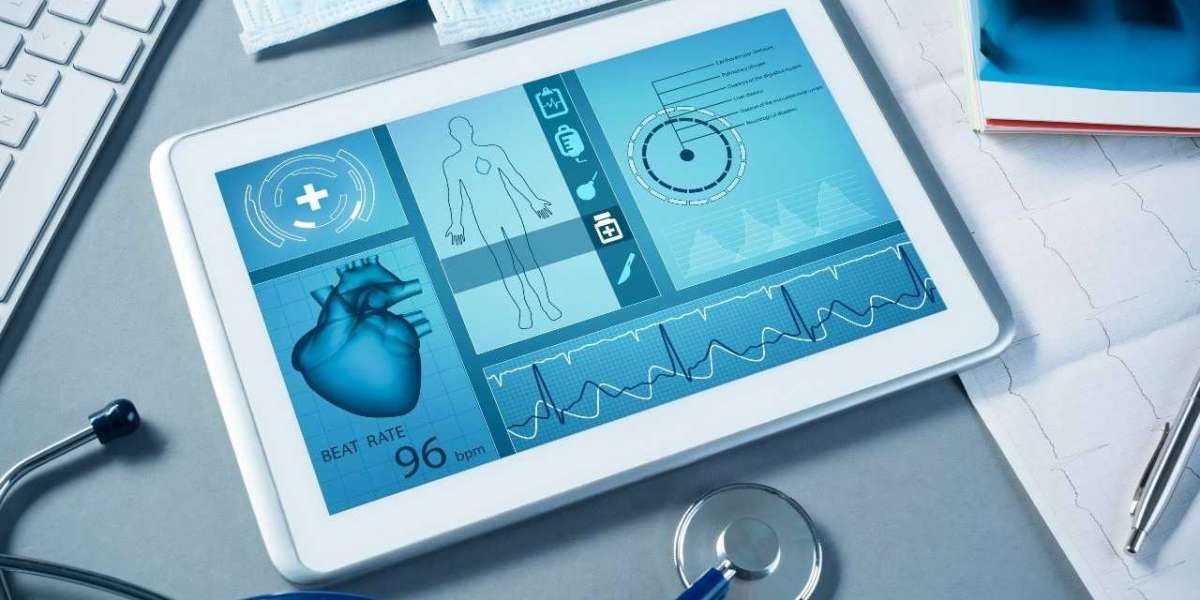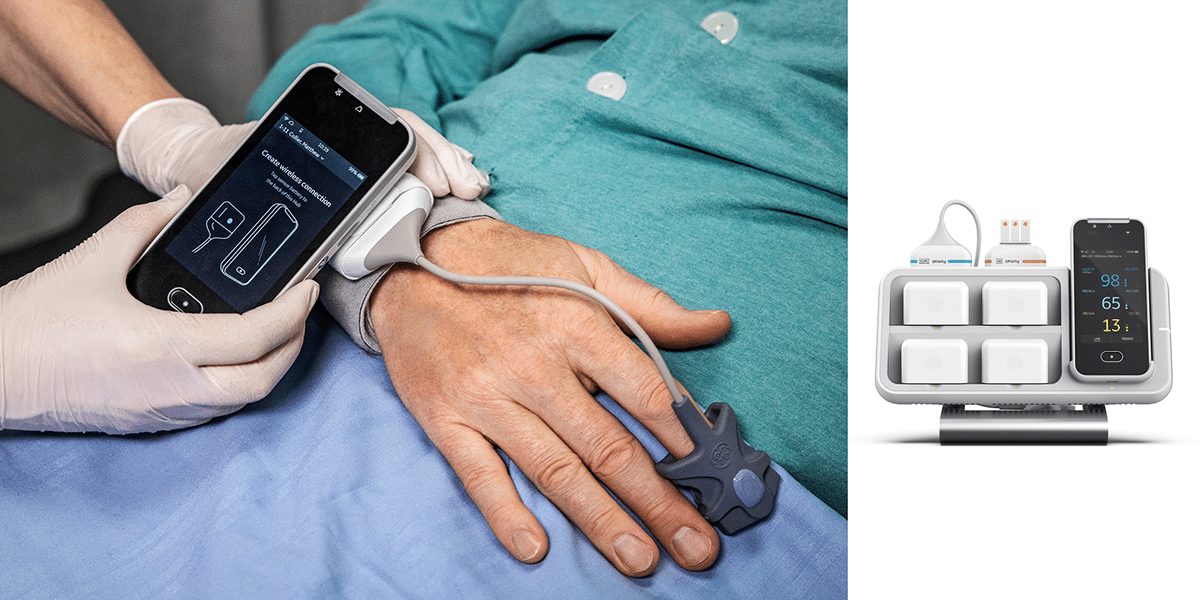In the dynamic landscape of healthcare and personal well-being, monitoring devices have emerged as transformative tools, providing valuable insights into various aspects of our physiology. From tracking vital signs to monitoring chronic conditions, these devices play a pivotal role in both clinical settings and everyday life. This article explores the diverse world of monitoring devices, their applications, technological advancements, and the impact they have on health management.
The Evolution of Monitoring Devices:
Monitoring devices have come a long way from simple thermometers and blood pressure cuffs. Today, a myriad of sophisticated devices cater to different aspects of health, offering real-time data and empowering individuals to take an active role in their well-being. The evolution of these devices can be traced across several key categories:
- Vital Signs Monitors: Devices like thermometers, blood pressure monitors, and pulse oximeters are fundamental for assessing vital signs. Modern innovations have made these devices more accurate, user-friendly, and, in some cases, capable of wireless connectivity for seamless data tracking.
- Fitness Trackers: The rise of fitness trackers has revolutionized how individuals monitor physical activity, sleep patterns, and overall fitness. These devices, often worn as wristbands or incorporated into smartwatches, provide comprehensive data to aid in the pursuit of a healthy lifestyle.
- Continuous Glucose Monitors: For individuals managing diabetes, continuous glucose monitors (CGMs) offer a revolutionary way to track blood sugar levels in real-time. CGMs reduce the need for frequent fingerstick tests and provide a more dynamic understanding of glucose fluctuations.
- Cardiac Monitors: Electrocardiogram (ECG or EKG) monitors, Holter monitors, and implantable cardiac monitors help assess and monitor heart health. They are instrumental in diagnosing arrhythmias, evaluating heart function during physical activity, and providing continuous monitoring for high-risk individuals.
- Sleep Monitors: Sleep-tracking devices, ranging from bedside monitors to wearable gadgets, offer insights into sleep patterns, duration, and quality. These tools help identify issues like sleep apnea and provide data for optimizing sleep hygiene.
- Remote Patient Monitoring (RPM) Devices: RPM devices allow healthcare providers to remotely monitor patients with chronic conditions. These devices collect and transmit data on vital signs, medication adherence, and symptoms, enabling proactive management of health conditions.

Applications of Monitoring Devices:
- Preventive Healthcare: Monitoring devices contribute to preventive healthcare by allowing individuals to track key metrics, identify potential issues early on, and make lifestyle adjustments to reduce health risks.
- Chronic Disease Management: For individuals with chronic conditions, such as diabetes, hypertension, or cardiovascular diseases, monitoring devices provide a means to track and manage their health in real-time, reducing the risk of complications.
- Fitness and Performance Optimization: Fitness enthusiasts and athletes leverage monitoring devices to optimize their training regimens. These devices track physical activity, heart rate, and other performance metrics to tailor workouts for maximum efficiency.
- Remote Patient Monitoring (RPM): RPM devices have revolutionized healthcare by enabling the remote monitoring of patients with chronic illnesses. This approach improves patient outcomes, reduces hospitalizations, and enhances the overall quality of care.
- Sleep Quality Improvement: Sleep monitors offer insights into sleep patterns and behaviors, helping individuals identify factors affecting sleep quality. This information is valuable for making lifestyle changes to improve overall well-being.
- Emergency Response: Certain monitoring devices, such as medical alert systems, have integrated emergency response features. These devices can automatically alert emergency services or designated contacts in the event of a health emergency.
Technological Advancements in Monitoring Devices:
- Wireless Connectivity: Many modern monitoring devices offer wireless connectivity, allowing seamless data transfer to smartphones, tablets, or cloud platforms. This connectivity enhances user convenience and facilitates remote monitoring by healthcare professionals.
- Smart Technology Integration: Integration with smart technologies, such as smartphones and smartwatches, has become commonplace. This integration enhances user experience, provides real-time notifications, and allows for more comprehensive health tracking.
- Artificial Intelligence (AI) and Predictive Analytics: The integration of AI in monitoring devices enables advanced analytics and predictive modeling. AI algorithms can analyze large datasets, identify patterns, and provide insights into health trends, facilitating personalized recommendations.
- Wearable Technology: Wearable monitoring devices have gained popularity, offering continuous tracking in a non-intrusive manner. These devices include smartwatches, fitness trackers, and even smart clothing with embedded sensors.
- Miniaturization and Portability: Advancements in miniaturization have led to more compact and portable monitoring devices. This is particularly evident in the development of pocket-sized ECG monitors, portable blood pressure cuffs, and discreet wearable trackers.
- Remote Monitoring Platforms: Healthcare providers can now access real-time data from monitoring devices through secure remote platforms. This allows for timely interventions, adjustments to treatment plans, and improved patient outcomes, especially in the context of chronic disease management.
Benefits of Monitoring Devices:
- Early Detection and Intervention: Monitoring devices facilitate early detection of abnormalities or changes in health metrics, enabling timely interventions and preventing the progression of health issues.
- Data-Driven Decision-Making: The wealth of data provided by monitoring devices empowers individuals and healthcare professionals to make informed decisions about health and wellness.
- Improved Patient Engagement: Monitoring devices encourage individuals to actively participate in their health management. Real-time data and feedback foster a sense of responsibility and engagement in one’s well-being.
- Enhanced Disease Management: For individuals with chronic conditions, monitoring devices offer a proactive approach to disease management. Regular monitoring allows for adjustments to treatment plans based on real-time data.
- Optimized Fitness and Performance: Fitness enthusiasts and athletes use monitoring devices to optimize their training routines. These devices provide insights into physical exertion, recovery, and overall performance.
- Remote Healthcare Access: Monitoring devices, especially those integrated with telehealth platforms, provide a means for individuals to access healthcare remotely. This is particularly beneficial for those with mobility issues or in remote locations.
Challenges and Considerations:
- Data Security and Privacy: The collection and transmission of personal health data raise concerns about data security and privacy. Ensuring robust encryption and compliance with privacy regulations is essential.
- Accuracy and Reliability: The accuracy and reliability of monitoring devices are paramount. Inaccurate readings can lead to misinterpretations and may compromise patient care.
- User Adherence: For monitoring devices to be effective, consistent use is crucial. Encouraging user adherence requires addressing factors such as comfort, ease of use, and understanding of the device’s significance.
- Integration with Healthcare Systems: Seamless integration with electronic health records (EHRs) and healthcare systems is vital for maximizing the utility of monitoring devices in clinical settings.
- Affordability and Accessibility: While technology has advanced, ensuring the affordability and accessibility of monitoring devices for a diverse population remains a challenge, particularly in resource-limited settings.

Future Trends in Monitoring Devices:
- Multimodal Devices: Future monitoring devices are likely to integrate multiple sensors and modalities, providing a more comprehensive view of an individual’s health. This could include the integration of genetic, environmental, and lifestyle data.
- Personalized Health Ecosystems: The convergence of monitoring devices, AI, and personalized medicine is expected to give rise to interconnected health ecosystems. These ecosystems would offer tailored recommendations and interventions based on an individual’s unique health profile.
- Incorporation of Environmental Data: Beyond personal health metrics, future monitoring devices may incorporate environmental data, such as air quality and pollution levels, to provide a more holistic understanding of health influencers.
- Blockchain for Data Security: The adoption of blockchain technology could enhance the security and integrity of health data generated by monitoring devices. Blockchain’s decentralized and encrypted nature aligns well with the privacy requirements of health information.
- Advancements in Remote Surgery and Procedures: In the medical field, remote monitoring may extend beyond diagnostics to include remote surgeries and procedures. Surgeons could utilize advanced monitoring devices to perform interventions from a distance.
Conclusion:
Monitoring devices have ushered in a new era of proactive healthcare and personal well-being. From tracking vital signs to managing chronic conditions and optimizing fitness, these devices empower individuals to actively participate in their health journeys. As technology continues to advance, the future promises even more sophisticated and interconnected monitoring solutions, further blurring the lines between clinical and personal health management. In the evolving landscape of health and wellness, monitoring devices serve as companions on the journey towards a more informed, connected, and healthier future.

